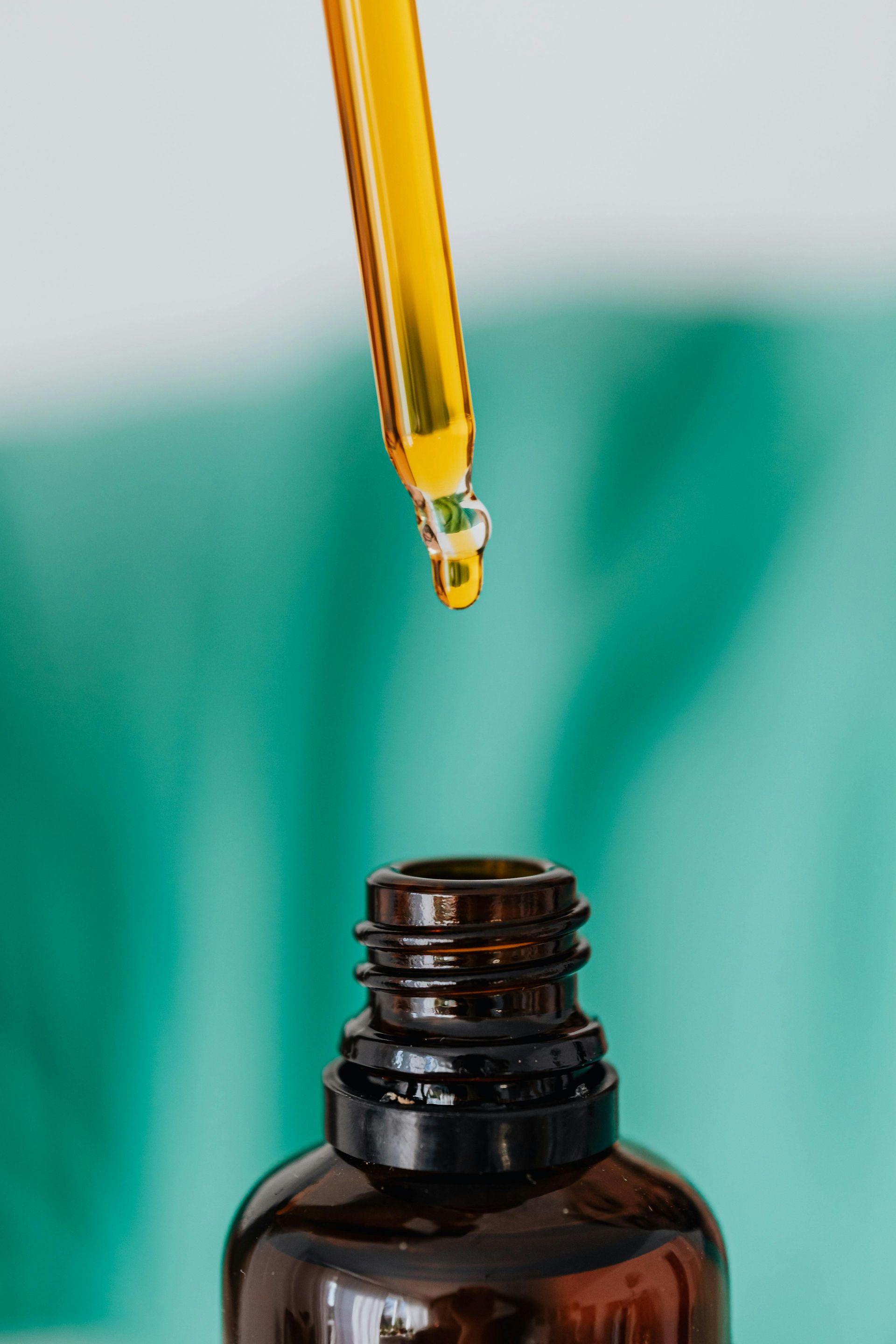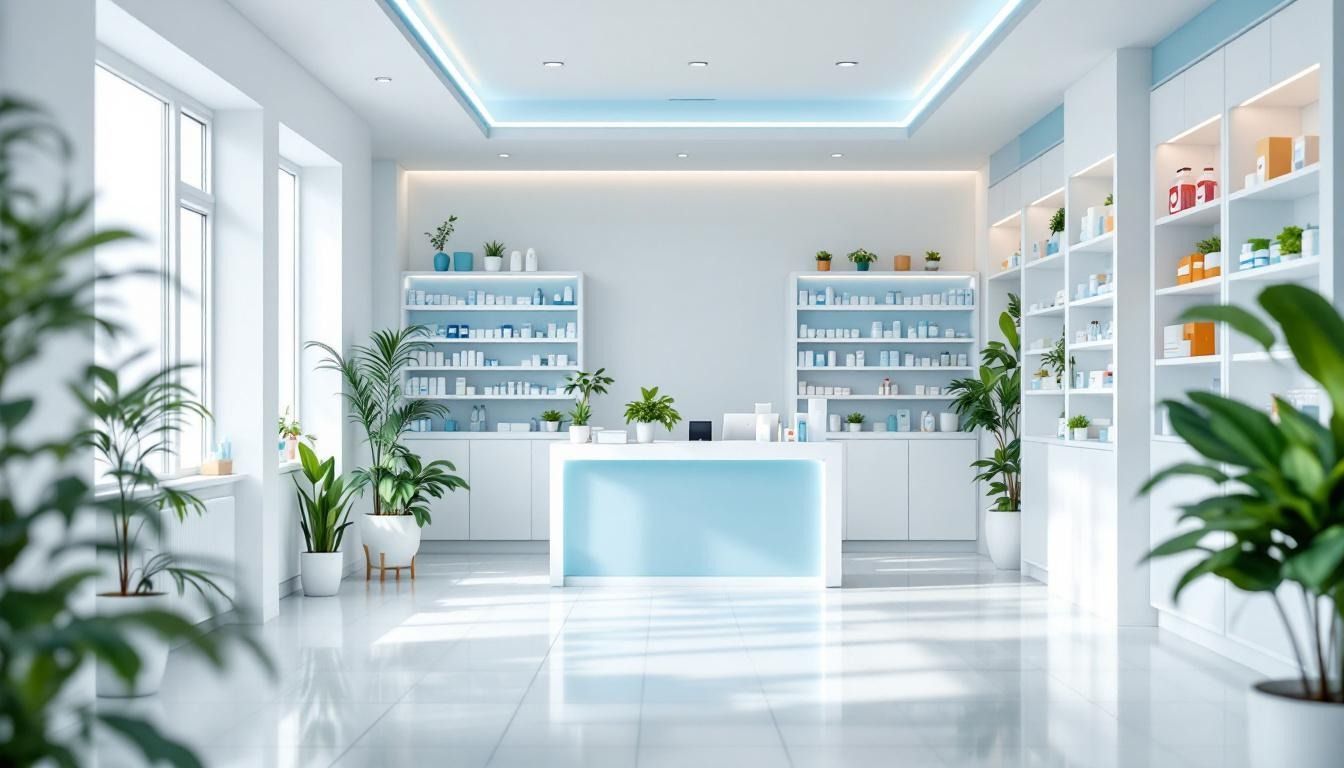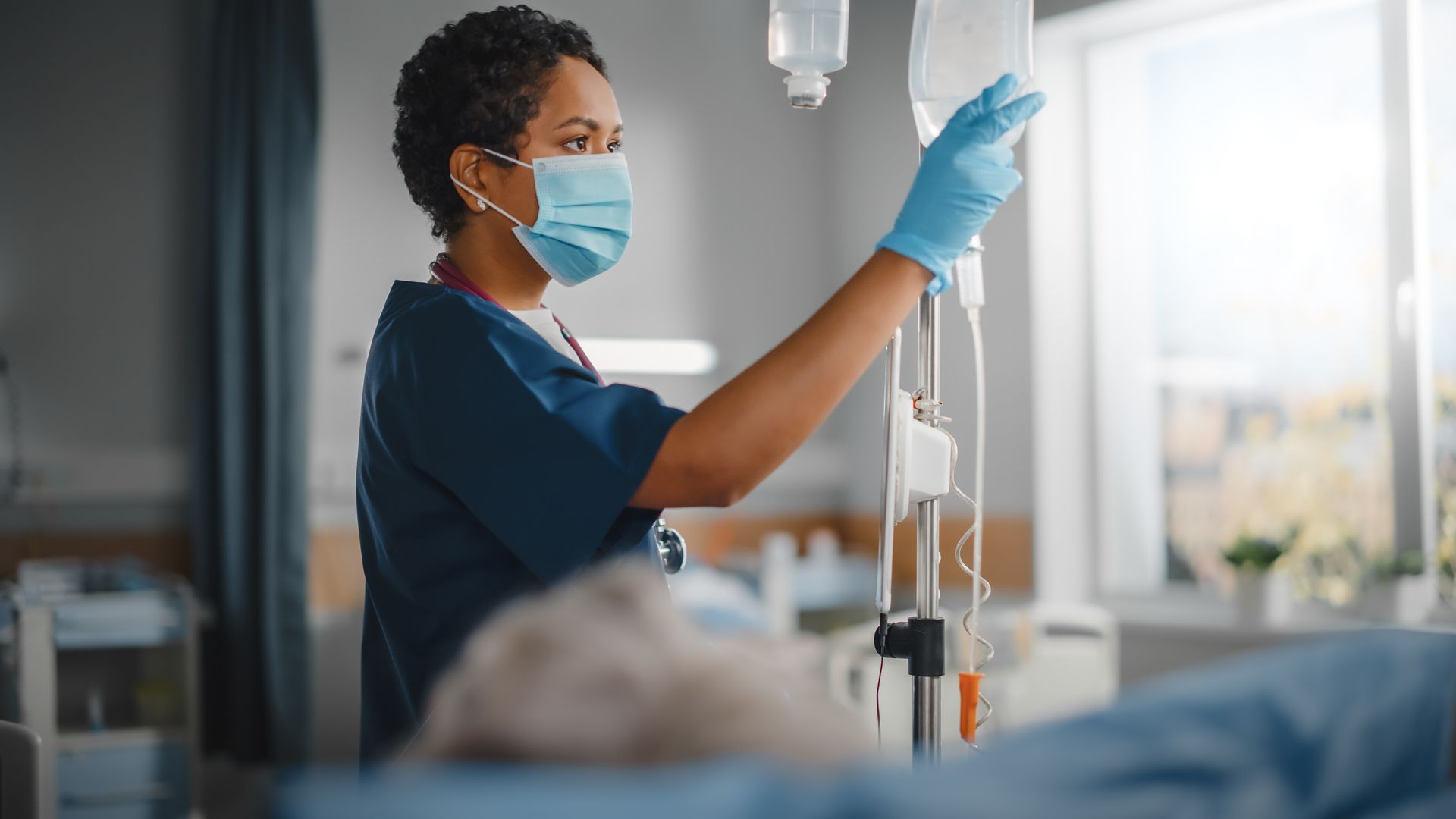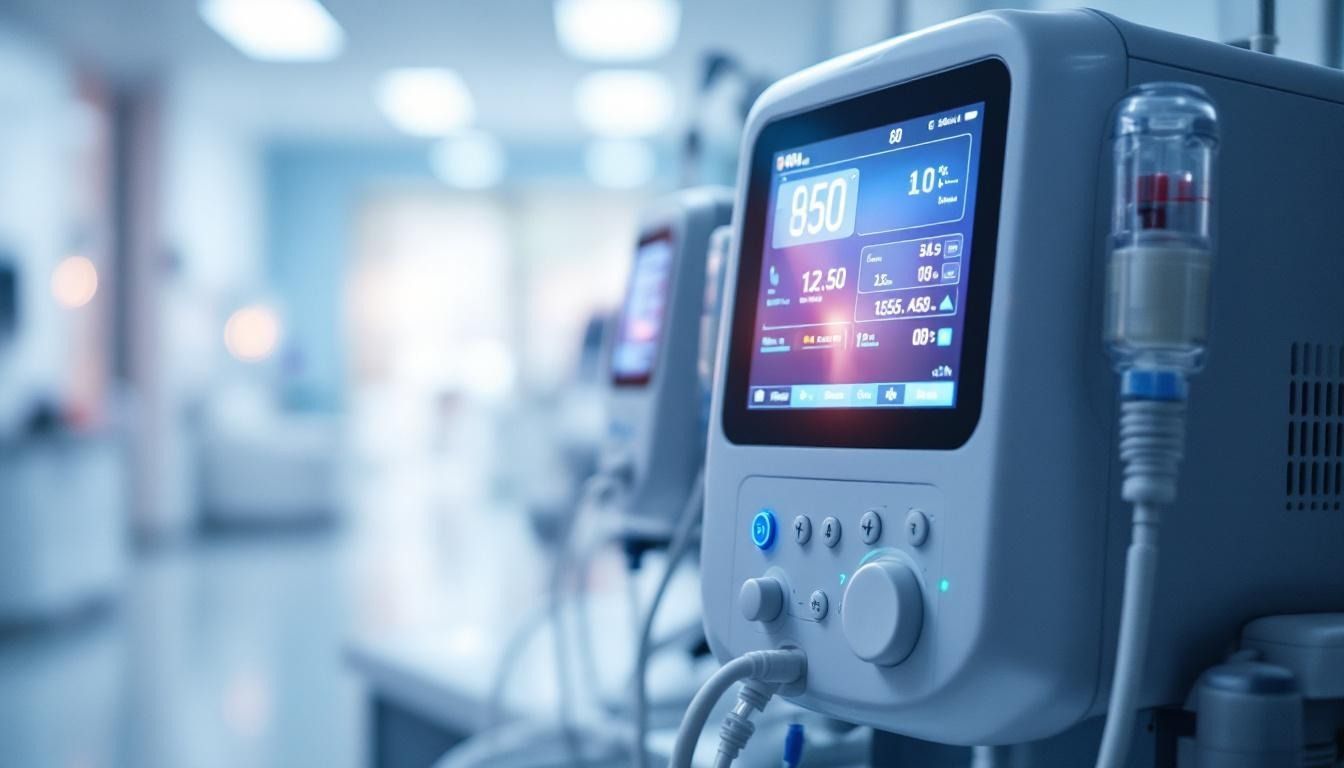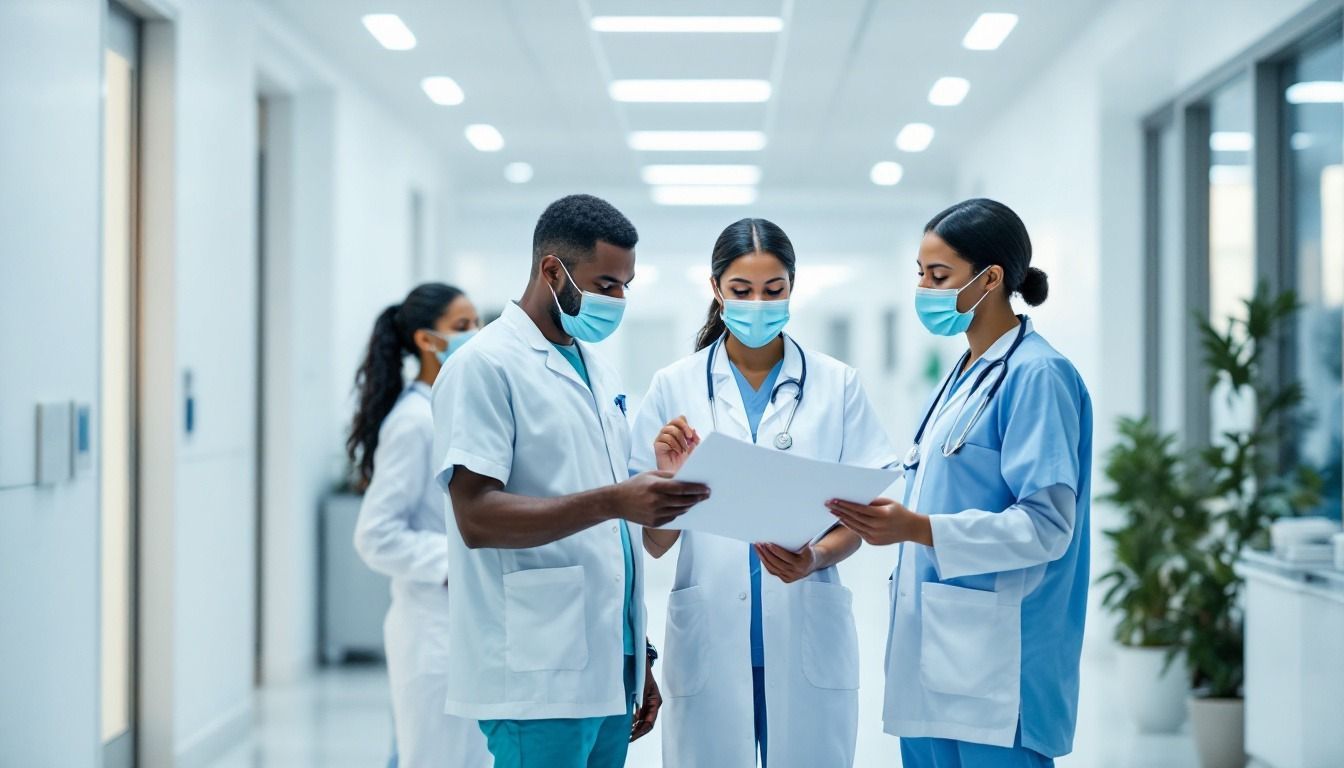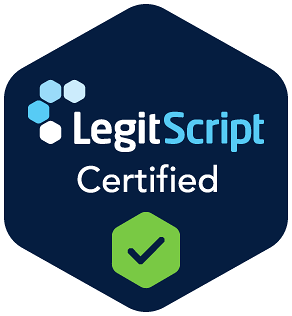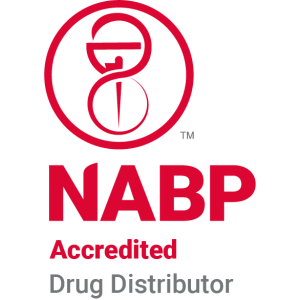Lab requirements for GLP compliance
Understanding GLP Standards in Laboratories
Good Laboratory Practice (GLP) compliance is a critical component in the realm of laboratory research, particularly in non-clinical studies related to chemical and product safety. GLP principles ensure the integrity and reliability of data collected, which is fundamental for gaining regulatory approvals from bodies like the FDA and EPA. Laboratories must adhere to these standards to maintain the quality of scientific research and safeguard public health. This article explores the essential requirements for compliance, detailing the operational, procedural, and record-keeping standards necessary to uphold GLP in laboratory environments.
Defining GLP Compliance

What is GLP compliance?
GLP compliance refers to adherence to the OECD Principles of Good Laboratory Practice, which establish rigorous quality standards for the management and organization of test facilities. These guidelines ensure that non-clinical studies on chemical safety are planned, performed, monitored, recorded, reported, and archived in a systematic manner. This structured approach guarantees the reliability and validity of test data, critical for regulatory submissions involving health and environmental safety.
Compliance with GLP standards is verified through national GLP Compliance Monitoring Programmes. These programmes conduct inspections to ensure test facilities meet the established guidelines. During these inspections, various aspects such as staffing, facilities, standard operating procedures, and documentation practices are scrutinized to confirm adherence to GLP regulations.
Moreover, GLP is essential for the OECD's Mutual Acceptance of Data (MAD) system. This framework allows test data generated in one participating country to be accepted by others, promoting efficiency in regulatory processes. As a result, industries can save significant costs by reducing duplicative testing while ensuring the safety of new chemicals entering the market. In summary, GLP compliance is vital for supporting regulatory approval and ensuring the safe introduction of innovative chemical products.
Core Elements of Good Laboratory Practices

What are the fundamental points of GLP?
GLP, or Good Laboratory Practices, is a set of guidelines established by the FDA to ensure the quality and integrity of non-clinical laboratory studies. These principles aim to maintain a high standard of data reliability critical for regulatory submissions.
One of the primary components of GLP is documentation and record-keeping . Labs must maintain detailed records of sampling methods , testing protocols , and stability monitoring to provide accountability throughout the study. This thorough documentation fosters transparency and enables reproducibility of results.
Another essential aspect is the ethical considerations in testing . GLP places a significant emphasis on the humane treatment of research subjects, particularly in studies involving animals. Laboratories must adhere to ethical standards that prioritize the welfare of all specimens involved in the testing process.
Additionally, GLP includes requirements for technical transfer and validation processes when methods are transferred between laboratories. This ensures that testing procedures are adequately validated to maintain consistency and accuracy across different settings. Without these protocols, the scientific integrity and reliability of data could be compromised.
Compliance with GLP is therefore vital for ensuring data integrity and accountability in life sciences, affecting a variety of industries such as pharmaceuticals and medical devices. By adhering to these principles, laboratories contribute to the advancement of safe and effective products.
Comparing GLP and GMP: Understanding Their Roles

What is the difference between GLP and GMP requirements for laboratories?
The difference between Good Laboratory Practices (GLP) and Good Manufacturing Practices (GMP) primarily lies in their focus and applications within product development.
GLPs, established in the 1970s, are specifically designed for nonclinical research, ensuring that testing is performed under rigorous standards that prioritize excellent record-keeping. They are particularly applicable in the pharmaceutical, food additive, and medical device industries during the research and development phases. This regulatory framework is crucial for generating reliable data required by entities such as the FDA, ensuring that the studies supporting marketing applications for new products meet predefined quality standards.
In contrast, GMPs ensure that manufacturing practices for end products maintain safety and quality. This regulatory framework governs the Five Ps: People, Products, Processes, Premises, and Procedures, emphasizing the integrity of the production phase. GMPs are particularly concerned with the conditions under which products are manufactured, focusing on their safety for consumer use.
Historical establishment of these practices
The origins of GLP trace back to a scandal involving the laboratory IBT Labs in 1978. Following this, the FDA implemented GLP regulations to prevent scientific misconduct and enhance data validity in nonclinical studies. Conversely, GMP regulations evolved to ensure that the manufacturing processes consistently produce safe and quality products to the market, formalized across various industries over time.
Impact on regulatory compliance
Both GLP and GMP play critical roles in maintaining the safety and efficacy of products throughout their lifecycle. Their compliance is essential for ensuring that data submitted by laboratories is trustworthy and reliable, which ultimately informs regulatory decisions. While GLPs provide a solid foundation for conducting laboratory studies that validate raw materials and processes, GMP compliance guarantees that the final manufacturing stages uphold high quality—ensuring that every product reaching consumers meets strict safety guidelines.
Facility Requirements for GLP Compliance
What is a critical requirement for the facilities of a GLP compliant laboratory?
A fundamental requirement for the facilities of a GLP compliant laboratory is the establishment of comprehensive Standard Operating Procedures (SOPs) . These SOPs must be well-documented, regularly reviewed, and updated to align with GLP regulations. They govern all critical processes, from sample handling to data recording, ensuring consistency and minimizing variability in methods used during studies.
In conjunction with SOPs, the laboratory must ensure that all equipment used is not only properly calibrated but also maintained to meet the rigorous compliance standards mandated by GLP. This requires scheduled maintenance checks and validation tests to confirm the reliability and accuracy of instruments utilized in studies.
Training is another crucial aspect; personnel involved in GLP studies must undergo thorough training programs to understand GLP principles and the specifics of the relevant SOPs. Regular competency assessments should be conducted to ensure that staff remain knowledgeable about best practices in compliance.
Additionally, each GLP compliant laboratory should implement a dedicated Quality Assurance Unit (QAU) responsible for overseeing compliance with GLP guidelines. This unit audits practices, ensures documentation accuracy, and upholds data management systems to maintain the integrity and security of study data.
By meeting these facility requirements, laboratories can uphold the quality and integrity of nonclinical studies, thereby contributing to trusted regulatory submissions.
Staffing and Quality Assurance in GLP Labs

Personnel training and qualifications
In Good Laboratory Practice (GLP) labs, personnel must possess appropriate training and qualifications to ensure compliance and data integrity. This includes detailed requirements for education and experience as outlined under regulatory frameworks such as the FDA’s 21 CFR Part 58. Each individual involved in nonclinical laboratory studies must demonstrate adequate knowledge and skills relevant to their assigned functions. Regular training updates are essential to maintain high standards of research and quality in laboratory practices.
Roles of study director and QA unit
A designated study director plays a central role in overseeing GLP studies, responsible for the technical performance and overall integrity of the study. This individual must ensure compliance with all GLP requirements and sign off on final reports. On the other hand, the independent Quality Assurance Unit (QAU) is crucial for maintaining unbiased oversight. Their role involves monitoring laboratory practices, assessing adherence to GLP standards, and validating the processes – ensuring accountability throughout the study duration.
Independence of quality assurance functions
Independence of the QA function is a cornerstone of GLP compliance. The QAU must operate separately from the study direction to provide objective evaluations of laboratory practices. This independence reinforces trust in the compliance assessments and ensures that any deviations or issues can be reported transparently, thus preserving the scientific integrity of the laboratory's operations. Regular audits and thorough documentation further enhance the effectiveness of quality assurance in the GLP environment.
Instrumentation and Software in GLP Compliance
Validation and Qualification Beyond Calibration
In Good Laboratory Practice (GLP) environments, analytical instrumentation and software must undergo rigorous validation beyond mere calibration. This ensures that the equipment operates accurately and meets the required standards for conducting nonclinical studies. Laboratories are mandated to implement protocols that document the validation process, covering all parameters necessary for data reliability.
Fit-for-Purpose Verification
The process of verifying that instruments and software are fit for purpose includes not just routine checks, but a comprehensive assessment prior to their deployment in studies. These verifications confirm that the instruments can produce acceptable results consistent with regulatory requirements, and the software effectively handles data while maintaining integrity throughout the study duration.
Maintenance and Documentation Practices
Regular maintenance and comprehensive documentation are paramount for GLP compliance. Instruments must be maintained according to their specified requirements, including routine inspection and calibration schedules. Documentation practices should ensure that all records related to maintenance and instrument performance are accurate, up-to-date, and readily accessible, facilitating transparency and traceability in laboratory operations.
Standard Operating Procedures (SOPs) in GLP Laboratories
Development and implementation of SOPs
Standard Operating Procedures (SOPs) are essential documents in Good Laboratory Practice (GLP) laboratories. These written instructions provide guidance on conducting various lab operations consistently. SOPs must be well-documented and accessible to all personnel involved in GLP studies. This ensures everyone follows the same methods, minimizing variability and enhancing data integrity.
Areas covered by SOPs
SOPs cover many critical areas, such as:
- Handling of test articles: Guidelines on receiving, storing, and mixing substances.
- Testing procedures: Detailed steps for conducting experiments to maintain uniformity.
- Data recording: Procedures to ensure accurate and timely documentation of results.
- Quality assurance: Oversight practices to confirm adherence to established protocols.
Role in ensuring consistency
The role of SOPs in GLP compliance cannot be overstated. They establish a framework for reproducibility, ensuring that every study is executed under the same conditions. When followed diligently, SOPs contribute to the overall quality, integrity, and reliability of data produced in GLP laboratories.
Documenting and Archiving in GLP Studies
Data Integrity and Traceability
Maintaining data integrity and traceability in Good Laboratory Practice (GLP) studies is essential to ensure the reliability of research outcomes. Each study must follow established documentation practices where all data generated is recorded accurately, promptly, and legibly. This rigorous approach allows for effective audits and provides clear trails for the authenticity of study results.
Retention Periods and Formats
Under GLP regulations, data retention is strictly governed. Records related to studies must be preserved for a minimum period ranging typically from two to five years, based on the relevance of the study to FDA applications. However, for certain data, such as raw data, the retention period extends up to ten years after the final test rule comes into effect. These records should be kept in formats that ensure they are easily retrievable and verifiable.
Final Report Preparation
Preparation of comprehensive final reports is a crucial aspect of GLP compliance. Each final report, authored by the study director, should encapsulate the study's purpose, methodology, results, and any GLP compliance statements. It is critical that these reports are signed, dated, and include any deviations encountered during the study. This not only assures accountability but also reinforces the scientific integrity that GLP seeks to uphold.
| Topic | Detail | Importance |
|---|---|---|
| Data Integrity | Ensuring accurate and prompt data recording | Validates study findings and supports audits |
| Retention Periods | Maintain records for 2-10 years | Complies with regulatory requirements for traceability |
| Final Report Preparation | Detailed reports including methodologies and results | Ensures accountability and supports regulatory review |
Inspection and Certification Processes for GLP Compliance
Roles of Regulatory Bodies and International Guidelines
Many regulatory bodies enforce Good Laboratory Practices (GLP), including the FDA, EPA, and OECD. The FDA ensures compliance through its regulations outlined in 21 CFR Part 58, which governs nonclinical laboratory studies intended for drug approvals. Similarly, the OECD provides principles for GLP compliance that many countries adopt. This comprehensive approach guarantees uniform quality standards for laboratory studies across jurisdictions.
Inspection Preparation and Documentation
Before an inspection, laboratories must prepare detailed documentation, including organizational charts, floor plans, and Standard Operating Procedures (SOPs). Thorough training records detailing personnel qualifications must also be provided. These documents, alongside raw data and final reports, showcase a laboratory's commitment to complying with GLP standards and are crucial during FDA, EPA, or ISO inspections.
Impact of Certifications on Compliance
While GLP certification is not mandatory, it significantly enhances a laboratory's credibility and operational standards. Certification demonstrates adherence to GLP principles, ensuring that data integrity, equipment calibration, and proper documentation practices meet stringent regulations. Non-compliance can negatively affect product approval chances, making compliance certification an essential aspect of laboratory operations.
Impact of GLP on Data Reliability and Scientific Integrity

Enhancing data quality and safety evaluations
Good Laboratory Practice (GLP) is critical for fostering the reliability and integrity of data derived from nonclinical laboratory studies. By enforcing stringent standards, GLP ensures that laboratories maintain accurate documentation, properly calibrated equipment, and trained personnel. This focus on quality significantly enhances the scientific validity of safety evaluations required for regulatory submissions.
Reducing duplicative testing
GLP promotes consistency in laboratory practices across various studies, minimizing the likelihood of duplicative testing. With comprehensive protocols in place, researchers can ensure that their methods are both replicable and validated. This efficiency not only conserves resources but accelerates the overall development timeline for new products.
Role in regulatory submissions
GLP compliance is paramount for studies intended to support regulatory submissions, particularly those required by the FDA. Each study must adhere to GLP as characterized in 21 CFR Part 58, producing reliable data essential for the evaluation of pharmaceuticals, biologics, and other regulated products. The meticulous nature of GLP requirements fosters trust in the data submitted and ultimately supports informed regulatory decisions.
Achieving and Maintaining GLP Compliance
The commitment to Good Laboratory Practices (GLP) is a testament to a laboratory's dedication to ensuring the highest standards of research quality and integrity. By adhering to these regulations, laboratories not only fulfill regulatory requirements but also contribute to the overall safety and efficacy of products entering the market. This comprehensive understanding and implementation of GLP requirements—from proper facility management to meticulous data recording—are indispensable for laboratories aiming to thrive in today's competitive and heavily regulated scientific landscape. As GLP continues to evolve, laboratories must remain vigilant and adaptable to maintain compliance and uphold their role in advancing scientific innovation.
References
- Good Laboratory Practice Regulations Management Briefings ... - FDA
- How to Comply with FDA Good Laboratory Practice Requirements
- [PDF] Good Laboratory Practice (GLP) 101 – Regulations and Basic Studies
- GLP Certification and Compliance Guide - Sapio Sciences
- Good Laboratory Practices Standards Compliance Monitoring ...
- Good laboratory practice compliance - European Medicines Agency
- Good Laboratory Practice and Compliance Monitoring | OECD
- Good laboratory practice - FDA GLP regulations for ... - GMP SOP
- Understanding Good Laboratory Practices (GLP) - JAF Consulting
- Good Laboratory Practices (GLP): 2024 Guide - Biobide



